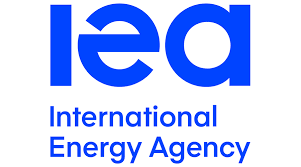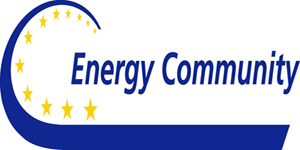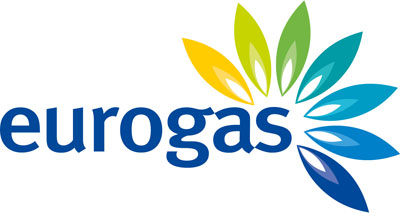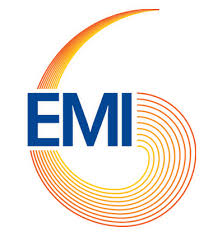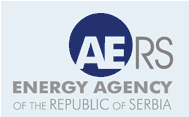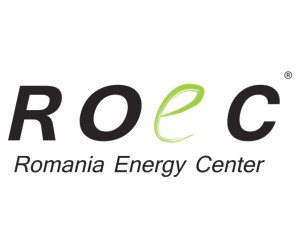Trackers: Solar tracker manufacturers are blanketing the global market faster than ever, as regulatory regimes open new country markets, as marketers push sales beyond the massive U.S. market, and as major players vie for the bulge bracket.
GTM Research’s Scott Moskowitz reported in April that the 2016 market for trackers amounted to 11.6 GW. This stunning capacity is expected nonetheless to reach 26.8 GW by 2025, according to a December report by Grand View Research.
The speed of adoption is perhaps more surprising than the capacities involved. Installed PV tracker capacity is expected to grow at over 18% through 2024, Grandview predicts.
Not surprisingly, the utility-scale tracker installations are driving demand, which is projected at over 23.8 GW in 2025, the analyst reports.
Few players control the bulge bracket
The top few players continue to battle for the top global slot. Array Technologies has long held the megawatt record for trackers installed, but in 2016, Nextracker logged a market share of 30% of global sales, compared with only 17% for Array, according to GTM.
From these leadership positions, the 2016 global market share drops to 10% for First Solar, and to 7% for Convert Italia. Arctech Solar and SunPower each controlled 6% last year, while Soltec logged 4%, Nclave 3%, and Scorpius and Sun Action each controlled 2% of the global market, GTM reports. Mahindra, Exosun, and SunLink each controlled 1% of the global market, and all others combined represented 10%.
The net result is that the top four companies controlled 64% of the global market. Perhaps surprisingly, these four companies controlled 74% of the global market in 2015, so the component shares of this bulge bracket are likely to continue to shift as regional demands accelerate at varying rates outside of the United States.
In the same way that the slow evolution of global demand for trackers moved the biggest target from Europe to the United States a few years ago, now new tracker suppliers in China and India are rapidly emerging. "Indian and Chinese vendors climbed the charts in 2016 as trackers have become more popular in those countries, and the market continues to globalize,” GTM notes.
Demand varied, but brisk overall
Moskowitz reasons that, "Though the United States will remain the leading market for trackers through 2021, China and India will experience the most significant growth.”
A dozen or more tracker companies already have well-established international marketing and support teams. "Going back 28 years, we have installed trackers in north of 30 countries,” says Tom Conroy, President of Array Technologies. Array is still expanding its network, recently opening new offices in Abu Dhabi and Madrid, with Buenos Aires next in line. "It seems clear to us that the potential for growth in international markets far exceeds the rate at which the U.S. market is growing. "Solar is beginning to be most concentrated in the latitudes around the equator, which we believe will be a mega-trend.”
Degerenergie is one long-established European player that has gone very global. "Deger is selling its products in 70 countries, and has sales and manufacturing operations in six countries. Major markets to date are Turkey, Canada, and South Africa, while new markets are being targeted in India, Southeast Asia, South America, and Africa,” says Peter Scherer, the company’s Manager of International Sales.
SunPower, which recently launched its third generation Oasis Power Plant, is active in nearly a dozen countries on six continents, where over 1,000 utility-scale arrays with some 3 GW of capacity are in operation, according to Peter Aschenbrenner, the Executive Vice President for Corporate Strategy and Business Development for the company. Now that the company has begun supplying Oasis systems to third-party developers, the global spread of the technology is expected to quicken.
One European tracker maker that recently has grown quickly into the top 10 suppliers’ ranks is Convert Italia. "Last year we supplied around 1 GW of trackers to [countries as varied as] China, Chile, Brazil, India, and South Africa. Now, we are planning to supply projects in Zambia, Morocco, Jordan, Colombia, and Argentina,” says Giuseppe Moro, CEO of the company.
Mechatron, another major supplier in Europe, is also expanding in several other regions. "We are working with U.S. and European customers who are doing projects in Canada, Mexico, the Caribbean, and South Asia,” says Matt Kesler, the Commercial Director for the company’s U.S. unit.
Similarly, Optimum Tracker has "tracker projects in the pipeline in India, Pakistan, Australia, Brazil, Chile, and South Africa,” says Marine Fabre, the Communications Manager for the company.
Another rising European supplier is Trackers Feina. "We are mainly expanding into Morocco, France, and India,” notes Ignasi Sivillà, CEO of the company.
One budding tracker supplier already moving into international markets is Edisun Microgrids. "We are in active discussions with distributors and strategic partners in high-growth solar markets around the world, including Mexico, the United Kingdom, India, Turkey, and other countries in South America,” says Bill Gross, the CEO of the company.
Mainstay U.S. market
The U.S. utility market for PV trackers is massive: 7.4 GW in 2016, GTM counts. Among rapidly-rising U.S. market suppliers is GameChange Solar, which now controls about 1% of the market and is ranked as the ninth largest suppler in the comparison of 2016 sales by GTM, says CEO Andrew Worden.
Part of the U.S. volume demand increase for trackers is that the technology has proven itself under some of the harshest climate tests on the planet. As trackers prove that structural design can withstand both hurricane-level winds, and unending snowstorms, more clients in the north and along coast lines will install them.
Snow load complicates PV tracker functionality in several ways, points out Steve Daniel, the Executive Vice President of Sales at Solar FlexRack. To overcome the added stress of snow, the company is designing arrays with heavier steel components in situations where additional loads warrant the extra cost. About 75% of the company’s historic tracker sales have been in Canada, he notes. "Now we are seeing momentum in Northern California, Oregon, Montana, and Minnesota,” he says.
There also remains a relatively untapped segment in commercial and industrial applications. "Our path to lightning-fast growth was born in our decision to design a tracker product to meet the needs of the vastly underserved commercial and industrial rooftop market – a trillion-dollar opportunity in the U.S. alone,” says Gross.
The demand for trackers in Europe is still substantial, with over 300 MW sold there last year, GTM says. Many of the global tracker leaders are from Germany, Spain, France, and other countries on the continent.
Competing in Europe may seem difficult, given the number of tracker suppliers based there, but new technology is difficult to resist. Mechatron, which has sold 4,000 trackers in Europe, now supplies the "only completely gearless vertical-axis trackers commercially available in the U.S. and Europe,” says Kesler.
Spain’s Mecasolar group recently formed a new holding company, Mecasolar Technologies, which has acquired all holdings, operations, and rights to the group’s tracker business, withAlexandros Giannisnow at the helm as CEO. Mecasolar has sold trackers into 45 countries, but continues to supply the European market, including emerging country adopters. In January, for example, the company announced a 2.2 MW project in Turkey.
Another reorganization by a European tracker company came in February, when Grupo Clavijo, MFV Solar, and the Q-Growth Fund, formed Nclave. The company now has over 2 GW installed in 40 countries, of which 255 MW were in Europe and 378 were in South America, at the end of 2016. At the time of the merger, Miguel Clavijo, CEO of Grupo Clavijo, said, "With the support of Q-Growth, we are taking a major step towards making the most advanced solar tracking technology available to developers, EPC contractors, and installers worldwide.”
China, in particular, boasts a long list of tracker manufacturers, representing many of the 177 manufacturers listed in the EDF global solar index, a historic, cumulative listing of companies that at some time have claimed tracker manufacturing capability. However, Powerway, Arctech, and Big Sun seem to be leading the Asia Pacific market, which totalled 2.3 GW last year, GTM reports.
Powerway sales alone indicate these numbers will be left in the dust this year. According to Ben Ho, the Director of Sales for the company, they "shipped 90 MW in 2016, and have sold 200 MW thus far this year.” Globally, the company is forecasting 700 MW in sales this year. "We have three overseas operation branches in Japan, Pakistan, and South Africa. With a track record of more than 2.1 GW, Powerway is dedicated to providing the [most] cost-effective tracking system to customers,” he said. "Powerway will centralize and put more resources into APAC (the Asia Pacific region) and the Americas market, and meanwhile will enter the Middle East market,” he adds.
Big Sun and its iPV tracker has also been very active in China. "Some of Big Sun’s strategic partners are leading top tier Chinese PV enterprises. Beside China, Japan continues to be an important market for us. Overall, we have won contracts for hundreds of megawatts around the world,” pronounces Sandy Wang, a marketing specialist for the company.
India, the next largest market in the Asia Pacific region, has been faster to adopt trackers than China. Nextracker in June announced that it sold over 1 GW of solar trackers to utility-scale power plants in India.
"The competitive global tracker market changed when India announced the ambitious target of 100 GW of solar power by 2022. Obviously, this makes it a booming market, and there’s no doubt India will rank among the top three solar markets in 2017,” says Guy Rong, the President of Arctech Solar. "We have established an Indian company as a home market besides China, which means more and more aspects of our business can be localized and long-term commitments can be promised to clients,” he added. Scorpius Tracker is another leading tracker supplier in India, with 190 MW installed there, ranking third in the country for 2016 sales, according to GTM. However, the company is also quite focused on international expansion. "Scorpius has already launched its technology in the Middle East, Japan, China, and Mexico earlier this year,” says Shailesh Vaidya, the CEO of the company.
India has many locations that demand close attention to cleaning, given the dust levels. To combat the harsh conditions there, Alion Energy designed its system for installation on sand. "Alion is focused on high growth markets like Mexico, India, and the Middle East,” notes Jesse Atkinson, the Vice President of Marketing and Business Development for the company, which recently rolled out its new tracker design.
While these markets are the growth leaders for solar, they present unique challenges compared to markets like the U.S. and Europe. "These markets have higher levels of pollution and dust, corrosive desert soils, low labor quality, and many remote projects that are difficult to maintain,” states Atkinson.
One
new player in the Indian market is already a heavyweight. "Launched in 2016
Mahindra Susten now has a
481 MW tracker portfolio in India and Thailand,” says Monika Rathi, a
spokesperson for the company. GTM calculates that Mahindra sales in 2016
represented a 12% market share in India, and a 1.5% global market share.
Apart from the initial boom in Chile, now Brazil and Mexico are opening up to large tracker projects, thanks to new regulatory reforms and government-sponsored auctions. About 1.1 GW were sold into the region last year, GTM says.
Soltec announced in May that it had won a 238 MW project in Mexico, according to Tim Murphy, the Communications Manager for Soltec America. The company has manufacturing facilities in Brazil, China, and Spain, as well as offices in Denmark, Chile, India, Israel, Italy, Mexico, Peru, and the United States.
Among other tracker makers selling big volumes into Latin America, Convert Italia has staked out a leadership role. "According to GTM Research, we rank first in Latin America and first in Brazil,” says a spokesperson for the company.
The very promising Middle East and African market for trackers is only beginning to unfold, though some 254 MW were sold there last year, GTM reports.
"In the Middle East, where they’ve announced gigawatts of projects, solar is economic, environmental, and highly strategic,” says Conroy. Some of the lowest-priced bids for solar arrays have been registered in recent auctions in the region.
Saudi Arabia reportedly short-listed 27 companies in April for a 300 MW auction. The county has set a goal of adding 9.5 GW of renewables by 2030.
While many of the world’s leading tracker suppliers are vying for mega-projects in the Gulf countries, some are quietly raising the profile of PV tracking to a collectable art. Smartflower has a tracker installed in the courtyard of Abu Dhabi’s national municipal building.
Africa is not yet rolling out enormous arrays, but the continent is ripe for growth. Ideematec has pioneered several Africa markets, now boasting a portfolio (including both installed projects and those under construction) of 33 MW in South Africa, 26 MW in Namibia, 22 MW in Senegal, and 13 MW in Rwanda, according to CEO Christian Salzeder.
Optimum is another leader in Africa, where it now has over 30 MW installed, according to Communications Manager Fabre. Among other European tracker suppliers that are meeting with success in Africa is Exosun. "In 2016, Exosun secured its first project in Namibia. This success has enabled Exosun to mobilize its South African suppliers for this first project,” says Maria Lahuerta, the Director of Marketing for the company.
Global deployment
Tasked with maximizing energy capture, solar tracking technology is finding its way into a growing number of solar markets. Based on data from the 2017 global tracker survey run by pv magazine, the tracker industry has continued to expand over the previous 12 months, while its geographic focus has remained mostly unchanged. Hosting roughly 65% of tracking installations brought online in this period, the United States continues to control the top of the chart, tightly holding the number one spot with 8,394.6 MW. Meanwhile, the country has also seen a dramatic increase in the number of projects under construction and under contract, reaching 2,594.6 MW, up from last year’s figure of 333.4 MW. A flurry of tracker activity was once again seen in India, demonstrating the country’s accelerating shift to clean energy. With 1,251.14 MW, India is firmly established as the world’s second largest market in regard to installed trackers. However, its pipeline of projects is currently lagging behind those of Brazil (847 MW) and Mexico (752 MW). The country with the third highest tracker megawatts installed is Brazil, replacing Chile as last year’s second. With no megawatts of installed trackers in the previous year to as much as 1,020.6 MW and the world’s second biggest pipeline, Brazil has shown itself to be a market with one of the most rapid paces of adoption for sun-tracking technology. Meanwhile, Australia has significantly ramped up its tracker market as of last year, when it had some 95.6 MW installed and no pipeline reported. As suggested by leading international tracking suppliers, the country now boasts 206 MW of installed trackers along with 587 MW of trackers contracted and under construction. In Latin America, Argentina is awakening with 345 MW of trackers in the pipeline, making a grand entry into the world tracker chart. Aside from Brazil taking up the mantle of the region’s tracker leader, and Chile’s still significant role, Honduras and El Salvador have disappeared from the tracker map. Meanwhile, Mexico is rising strongly with 276 MW of operational trackers added in the past 12 months and a stunning 752 MW of projects under contract and under construction. In comparison to last year’s statistics, Europe has seen the most precipitous decline in tracker activity, with France’s figures halved and Italy losing momentum. Meanwhile, Jordan is still in the lead in the sun-drenched MENA region, with 171.5 MW installed and 112 MW of trackers underway. Conversely, based on the data from survey respondents, the United Arab Emirates ceased to be visible on the map. As for China, the growth of its project pipeline is making for interesting developments. With 430 MW of trackers expected to become operational, the solar giant has seen a marked increase on last year’s 60 MW, making significant inroads into the global market. (Marija Djordjevic)
*Charles W. Thurston specializes in renewable energy, from finance to technological processes. Writing for pv magazine since 2010, he focuses on balance of systems, tracking, the EPC sector, and the Brazilian market. He has been active in the industry for over 25 years, living and working in locations ranging from Brazil to Papua New Guinea.
(www.pv-magazine.com)
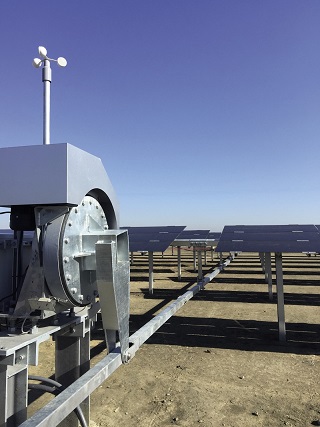 by Charles W. Thurston *
by Charles W. Thurston *



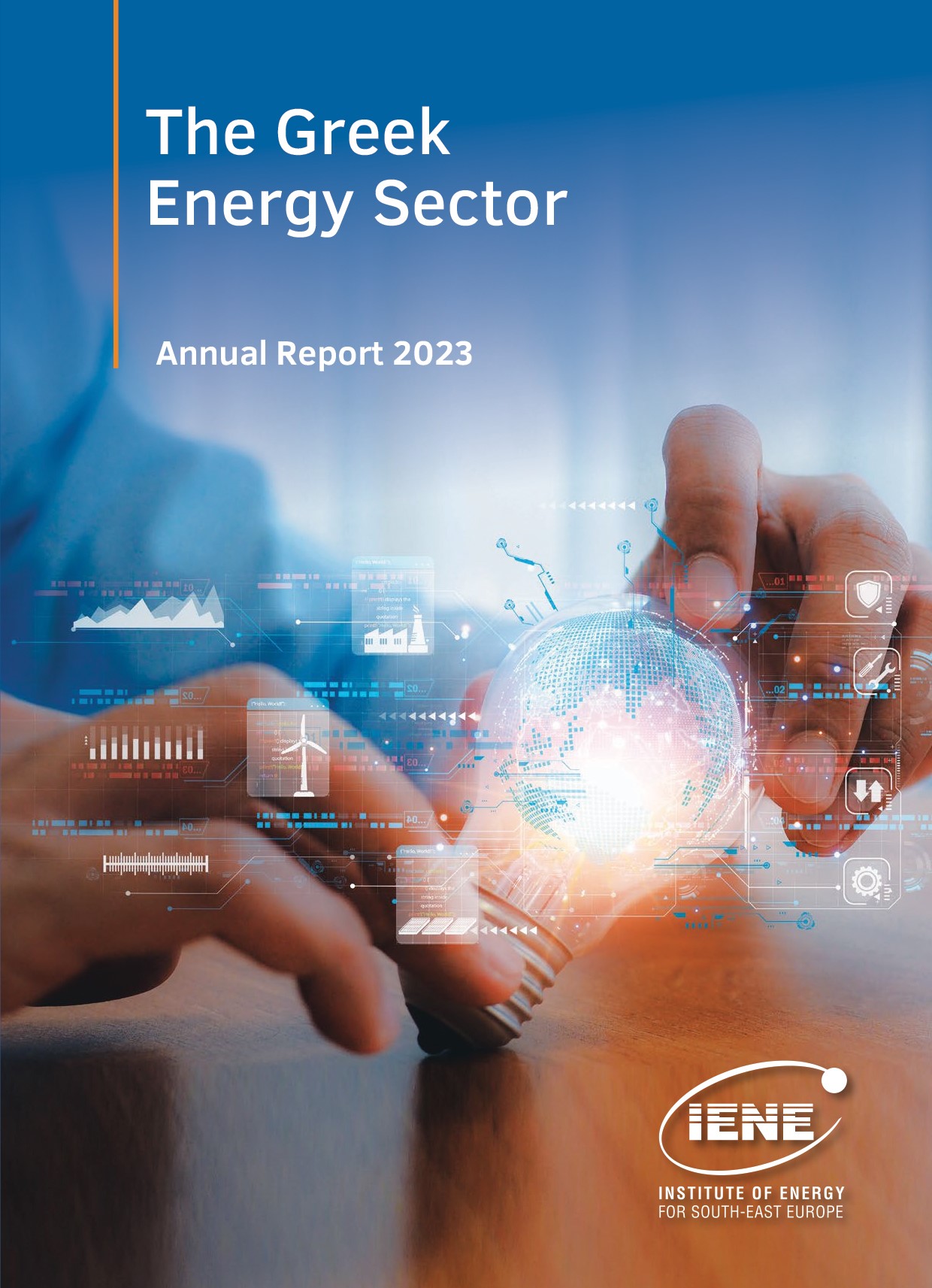

 More
More
